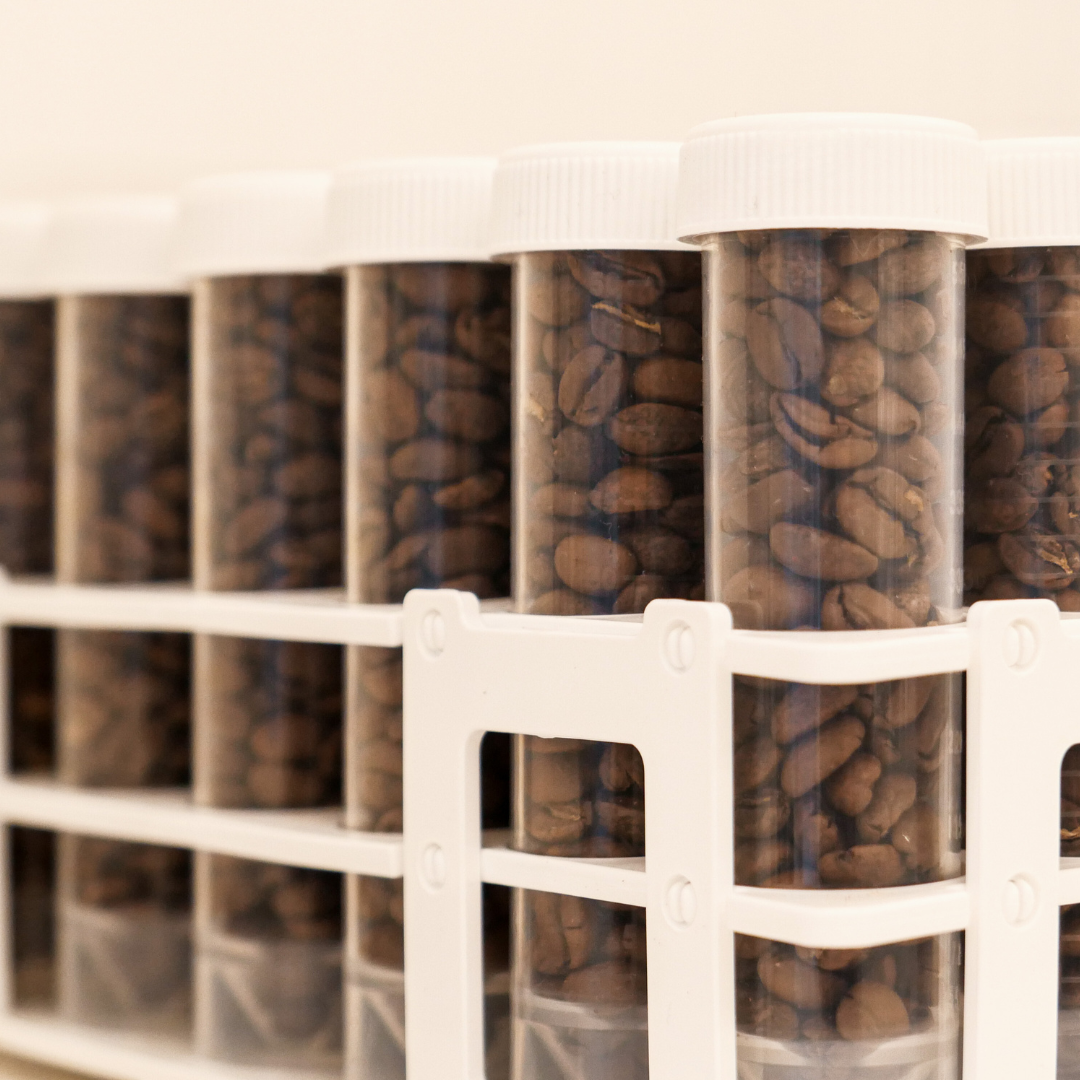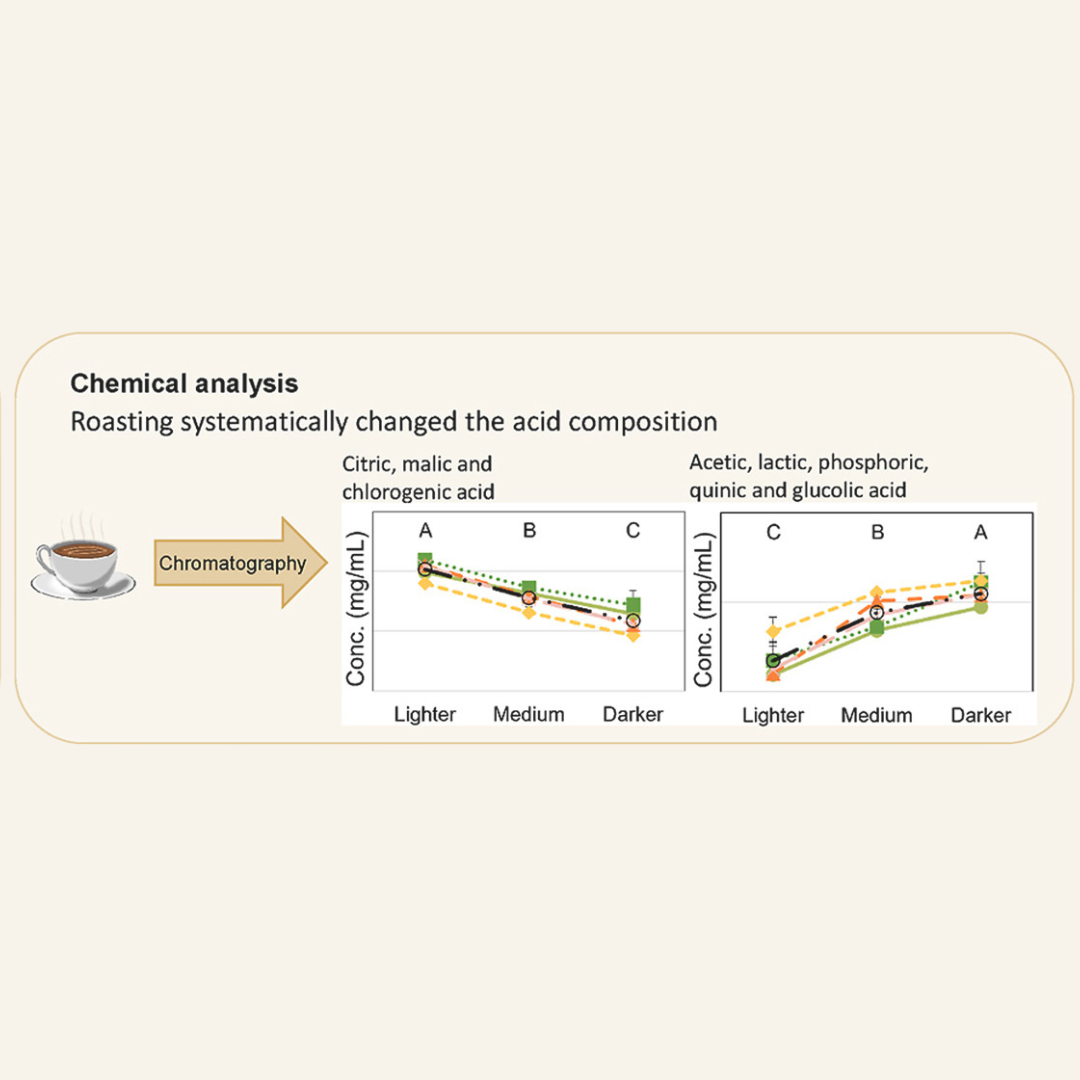How to brew a pourover filter coffee with Hario V60
According to the recent survey we did, the most popular tool that people use at home or office to make their own filter coffee is Hario V60. Not only it is the most popular coffee brewing equipment but also this is our favourite one for us to use at our venues. The reason why we have chosen this tool is that the V60 with our head, Chanho's signature brewing method called Chanho-Tornado, it ensures consistent and efficient brewing. This is important because this is a fundamental to brew damn good coffee over the time. So, here in this article, I am presenting you how Normcore brews with the Chanho-Tornado brew method, properly.
Step 1. Preparing Coffee
It depends on how much volume of coffee you need. What I usually dose is between 15-18g. With this coffee, I dosed 15g. Grinding size determines the tone of acidity and the texture. With the tornado pourover method, I usually grind the beans at a medium-fine size. On EK43, it is normally between 5.5/20 and 8/20 depends on the bean. On Comandante grinder, I use a point between 15 and 18.
Step 2. Rinsing
Rinsing the filter is essential because there are micro-dusts on the filter that you need to remove, also the papery-aroma needs to be taken off from the filter. One thing special here is that I use tap water to rinse the paper filter because using hot water is inconsistent sometimes. Imagine you rinse with hot water from the kettle and it takes 1 minute to start brewing and the next time it takes 2 minutes. It will result different temperature condition for the dripper itself so that heat absorption in the blooming stage will be different hence inconsistent flavour. In addition to this, the amount of water remaining in the kettle will be different hence different flow speed. Thus, I always use the tap water to rinse filter.
Step 3. Blooming
In the blooming part, it is important to start with a slow-speed pour. The ground coffee particles are not ready for extraction. When it meets water, the particles start absorbing the water, and the physical structure of the bean starts expanding so that the soluble compounds of coffee is extracted. The problem is here. If we pour water fast and strong, it does not give enough time for the particles to absorb the water and expand themselves. Instead of that, the poured water just go down through the particles. As this first drops are way under-extracted, the entire concentration of the brew will be weaker than it suppose to be. The amount of water used for the blooming is between 30(x2 of coffee) and 60(x4 of coffee). Another key part is agitation. It should be given very gently and nicely. What it does is to help the particles to quickly absorb the water. With this fine size particles, it takes longer for water to soak all the particles and evenly wet them as there is no pressure or anything that pushes. Thus, we need to give a good agitation to help them out.
Step 4. Pouring
In the pouring part, the most important is to pour the right amount of water as fast as possible. It definitely needs some practice to pour vigorously and accurately. The reason why this is important is that we only have one chance to pour and this is related to the brew ratio which determines the strength of the coffee and the taste balance of the coffee. With the 15g of coffee, I usually do between 225 and 255 which is 1:15 to 1:17. Then, I strongly stir the coffee and water a few times to generate rotatory power in order to extract them evenly. Not only the physical energy generated helps extract coffee more but also it redistributes the particles inside the dripper which balances the cup quality.
This method is not only made for the efficient and consistent brew but also it is designed to brew nice quality cup of coffees and this has been proved in many brewers cup competitions. So it is very glad to share the details of this method. In addition, as we use this method in the shop and in the roastery for quality control purpose. If you haven't tried, try this method to make your coffee and let us know why you think! Enjoy!


